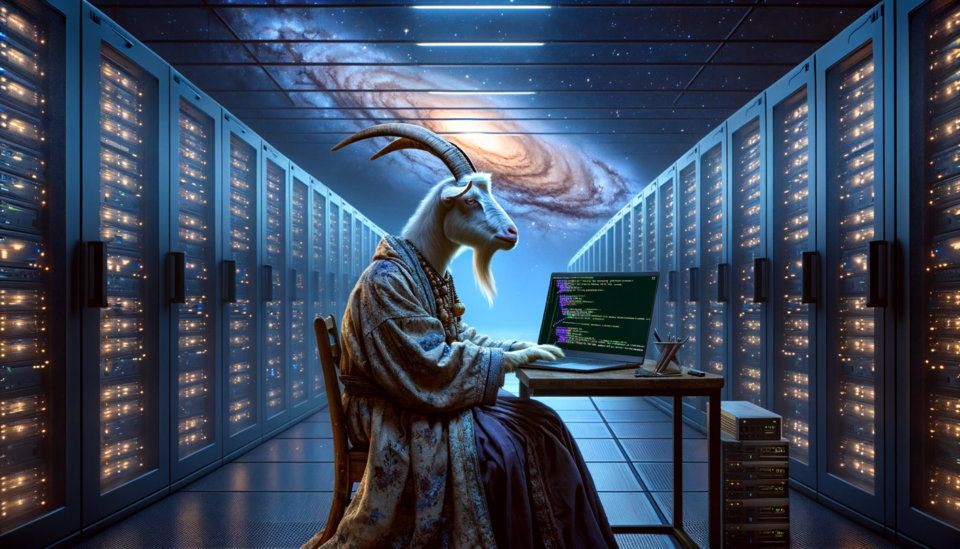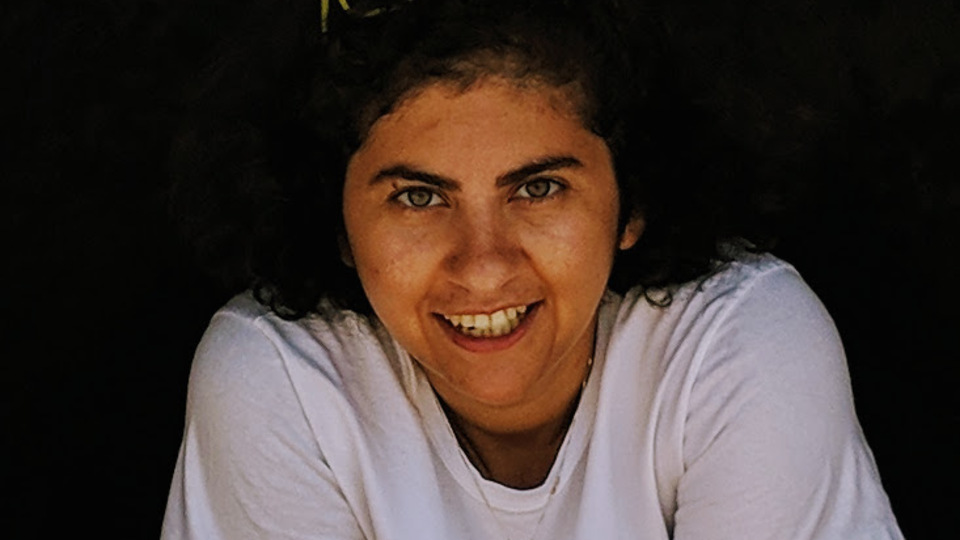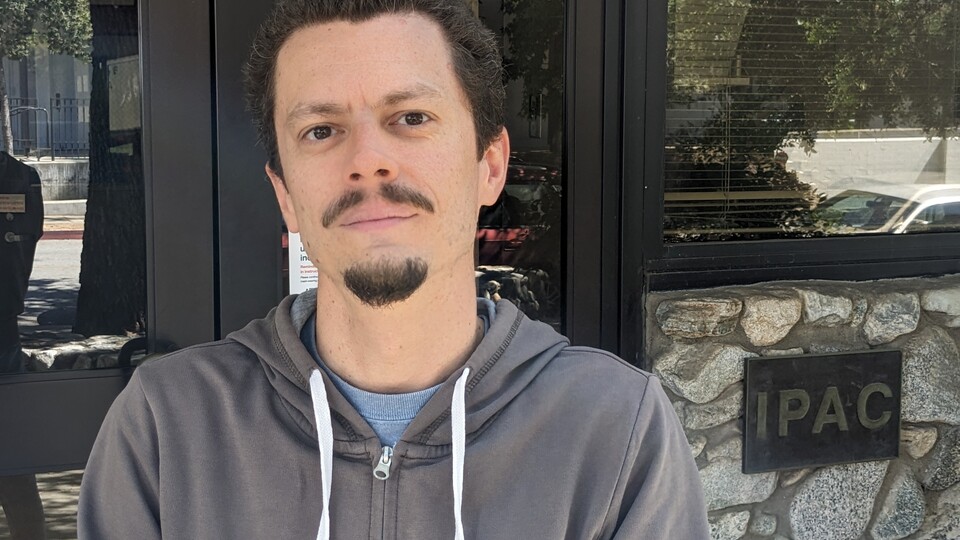In this profile series, we feature current Caltech/IPAC scientists. We get to know some of the people who work behind the scenes, supporting NASA’s and other astronomy projects, while also conducting their own personal research.
In this second profile, we feature Shoubaneh “Shooby” Hemmati, who is an early career staff scientist at IPAC and works for the Euclid NASA Science Center at IPAC (ENSCI) and for the NASA/IPAC Infrared Science Archive (IRSA). (Euclid is a European Space Agency or ESA space mission with NASA participation, to study the geometry and nature of the dark Universe. ENSCI supports US-based investigations that use Euclid data and is part of the Euclid Consortium’s Science Ground Segment, including being a node in the distributed processing system. Well-characterized and validated data will be released via ESA’s Euclid Science Archive System, and by IRSA.)
Shooby is an expert on the application of machine learning techniques to current problems in cosmology and galaxy formation and evolution. Shooby tells us how she became an astronomer, what was her path to IPAC, her thoughts on some of the hottest issues in science and data analysis, and what she does if she has any free time.
How and when did you start thinking about becoming an astronomer and where were you living at that time?
I can't pinpoint the exact moment I decided to become an astronomer. I gradually moved in this direction more by chance than by choice, from randomly watching a night sky TV series that was on air back in the day in Iran to having a better high school teacher in physics than in chemistry. After completing my undergraduate studies in Physics, I moved to the U.S. Initially, I considered neuroscience for graduate school, but the field required more background in biology than I possessed. My friends were living in California at the time. One of them, who was pursuing astrophysics, wrote a letter to her advisor introducing me as a prospective student...And here I am.
How did you arrive at your current job and what do you think were your strengths that allowed you to pursue a career in astronomy and obtain your current job at IPAC?
Back in 2012, I came to IPAC as a graduate fellow researcher. That was my first encounter with this group of both professional and humble astronomers. After obtaining my Ph.D. under the supervision of Dr. Bahram Mobasher (UC Riverside), I did a postdoc at IPAC with Dr. Peter Capak, followed by another one at NASA JPL with Dr. Eric Huff. The invaluable opportunity to work alongside these and other IPAC and JPL scientists, bolstered by their support and recommendations, might be the strongest point on my resumé.
Why did you apply for a job at IPAC?
I was encouraged to apply, and I was excited about the opportunity. Living in Pasadena, working at Caltech, and being able to pursue my own research is quite a good deal. Caltech has just a great environment. I get to work on cool space missions and I am surrounded by some of the best researchers in the world here. I get to live in sunny California where I can get to the Pacific Ocean or snow on the mountains in less than an hour. I would say I might be similarly happy in an industry job as well if their goal was not just to increase the profits but to pursue the research that interests me.
Tell us about the happiest or funniest memories or moments you have had during your astronomy pursuits.
There have been many joyful moments, from having my first papers accepted, to observing runs using Hawaii's Keck telescopes, to the satisfaction of resolving code bugs every day. But to name one happy moment, maybe it was receiving the NASA Postdoctoral Fellowship acceptance email, which did bring a smile to my face just because the name NASA carried significance since my childhood. And one funny memory I can recall is that during one of the observing runs with Keck, people who designed the masks that were pointed at high redshift galaxies forgot to take the moon position into account, and no one noticed it while we were observing. When we were reducing the data, the bright shadows puzzled us all for a while. There were many interesting emails from prominent people in the field trying to explain those bright shadows!
Is there anything you still dream about accomplishing as a scientist?

This image was prompted by Shooby and crafted by DALL·E and illustrates how training a deep learning architecture with archival data can be used to enhance galaxy images, symbolizing the boundless possibilities of AI-driven exploration.
I am interested in artificial intelligence (AI) and cosmology and would be very happy to see, in my career, further clues emerge about dark matter and dark energy. I think there may be some connections to black holes⎯we do not understand them too well, either. I would be more than thrilled if AI played a part in finding or guiding us to these clues. In my research, I try to focus as much as possible on this intersection of AI and cosmology and I try to contribute to the field, in small ways. Image enhancement with deep learning, for instance, has a lot of potential in astronomy.
What are your favorite things to do outside of your work?
Is there an outside of work? Joking aside, I enjoy listening to and playing (tar/setar) music, reading, walking long distances, especially in extreme weather conditions (rain/snow), and hanging out with friends. One book I enjoy reading so much (for the past couple of years) that I am worried I might finish it someday is Gödel, Escher, Bach: An Eternal Golden Braid, by Douglas Hofstadter. I also enjoy chatting with large language models (a.k.a. prompt engineering). It teaches one patience and how to say what they want to say better.






